In our previous blog post we had discussed about What is Decision Element in Salesforce Flow.In these blog post we discuss about What is Loop Element in Salesforce Flow
Contents
- 1 What is Loop Element in Salesforce Flow
- 2 Introduction
- 3 Understanding Loop Element
- 4 Purpose and Benefits of Using Loop Element
- 5 Components of Loop Element
- 6 How Loop Element Works
- 7 Setting Up a Loop Element
- 8 Examples of Loop Element in Action
- 9 Advanced Usage of Loop Element
- 10 Troubleshooting Common Issues
- 11 Best Practices for Using Loop Element
- 12 Integrating Loop Element with Other Flow Elements
- 13 Real-World Applications
- 14 Tips for Mastering Loop Element
- 15 Conclusion
- 16 FAQs
What is Loop Element in Salesforce Flow
Introduction
Salesforce Flow is a powerful tool that allows you to automate business processes by building applications visually. It provides a way to collect data, perform actions, and integrate with other systems without writing code. Among the various elements available in Salesforce Flow, the Loop Element plays a crucial role in handling repetitive tasks efficiently.
Understanding Loop Element
Definition of Loop Element
The Loop Element in Salesforce Flow is used to iterate over a collection of data records, performing a set of actions for each item in the collection. It’s similar to loops in traditional programming languages, enabling users to process multiple records with a single element.
Purpose and Benefits of Using Loop Element
The primary purpose of the Loop Element is to automate repetitive tasks, reducing manual effort and minimizing errors. By using loops, you can perform bulk operations, update records, and handle complex business logic seamlessly.
Components of Loop Element
Collection Variables
Collection Variables store multiple data records that the Loop Element will iterate over. These variables can hold records of any Salesforce object, such as Accounts, Contacts, or custom objects.
Loop Variable
The Loop Variable represents the current item in the collection during each iteration. It allows you to reference and manipulate the data of the current record as the loop progresses.
How Loop Element Works
Iterating Over Collections
The Loop Element iterates over each item in the collection, executing the specified actions for each record. This process continues until all items in the collection have been processed.
Common Use Cases
- Updating multiple records based on specific criteria
- Creating new records from existing data
- Sending personalized emails to a list of contacts
Setting Up a Loop Element
Step-by-Step Guide
Login to Salesforce Account

Click Gear icon Navigation to Setup
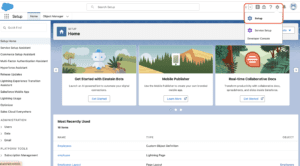
Search Quick Find box in Flows
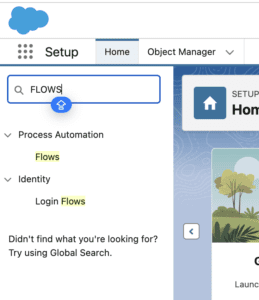
Click New Flow
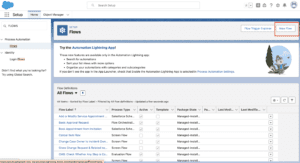
Select in Screen Flows
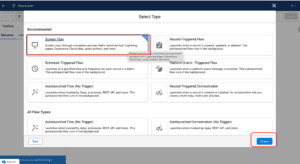
Add element in Loop
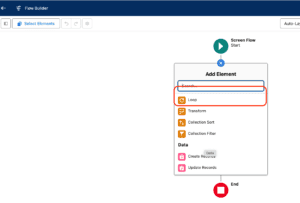
Add details

Save in Flow
Best Practices for Configuration
- Limit Collection Size: Large collections can impact performance. Consider using filters to limit the number of records.
- Optimize Actions: Minimize the number of actions within the loop to improve efficiency.
- Use Subflows: Break down complex processes into subflows to enhance readability and maintainability.
Examples of Loop Element in Action
Updating Records
Suppose you need to update the status of all leads in a campaign. Using the Loop Element, you can iterate over the leads and update their status in bulk.
Creating Records
Imagine you need to create follow-up tasks for each contact after an event. The Loop Element can iterate over the contacts and create the necessary tasks.
Advanced Usage of Loop Element
Nested Loops
You can nest loops to handle complex data structures, such as updating child records for each parent record. Ensure that nested loops are used judiciously to avoid performance issues.
Conditional Loops
Add Decision Elements within loops to perform actions based on specific conditions. This allows for more dynamic and flexible automation.
Troubleshooting Common Issues
Debugging Techniques
- Use Debug Logs: Monitor the flow execution using debug logs to identify and resolve issues.
- Add Screens: Include screens in your flow for testing purposes to display variable values during execution.
Performance Considerations
- Avoid Large Data Sets: Processing large data sets in loops can lead to performance bottlenecks. Consider batch processing or asynchronous methods for large volumes.
- Optimize Flow Design: Simplify flow logic and minimize the number of actions within loops.
Best Practices for Using Loop Element
Optimizing Performance
- Use Filters: Apply filters to reduce the number of records processed by the loop.
- Limit Actions: Perform only essential actions within the loop to enhance efficiency.
Ensuring Data Integrity
- Validate Data: Ensure that data is validated before and after processing to maintain data integrity.
- Handle Errors: Implement error handling to manage exceptions and ensure smooth execution.
Integrating Loop Element with Other Flow Elements
Using Loop with Decision Elements
Combine Loop Elements with Decision Elements to perform conditional actions based on record criteria.
Combining Loop with Assignment Elements
Use Assignment Elements within loops to update record fields or assign values to variables during each iteration.
Real-World Applications
Business Scenarios
- Mass Email Campaigns: Send personalized emails to a list of customers based on their preferences.
- Data Migration: Migrate data from one system to another by processing records in batches.
Success Stories
- Improved Efficiency: Companies have reported significant improvements in operational efficiency by automating repetitive tasks using Loop Elements.
- Enhanced Accuracy: Automation reduces human errors, leading to more accurate data handling and processing.
Tips for Mastering Loop Element
Learning Resources
- Trailhead Modules: Salesforce Trailhead offers modules and projects to help you learn about Flow and Loop Elements.
- Community Forums: Engage with the Salesforce community to share knowledge and get assistance.
Community Support
- User Groups: Join local or virtual Salesforce user groups to connect with other users and experts.
- Online Resources: Utilize online tutorials, blogs, and videos to expand your understanding.
Future of Salesforce Flow and Loop Element
Upcoming Features
Salesforce continually updates Flow with new features and enhancements. Stay tuned for announcements and release notes to keep your skills up to date.
Trends in Automation
Automation is evolving rapidly, with AI and machine learning playing a significant role in future developments. Salesforce Flow will continue to integrate these technologies to provide more advanced automation capabilities.
Conclusion
The Loop Element in Salesforce Flow is a powerful tool for automating repetitive tasks and processing multiple records efficiently. By understanding its components, setting it up correctly, and following best practices, you can harness the full potential of the Loop Element to streamline your business processes and improve productivity.
We Want to more about What is Loop Element in Salesforce Flow Click Here
FAQs
What is the main purpose of a Loop Element in Salesforce Flow?
The main purpose of a Loop Element is to iterate over a collection of records and perform specified actions for each item, automating repetitive tasks efficiently.
Can I use multiple Loop Elements in a single flow?
Yes, you can use multiple Loop Elements in a single flow. However, it’s essential to manage performance and avoid overly complex flow designs.
How do I handle errors in Loop Elements?
Implement error handling by using fault paths and decision elements to manage exceptions and ensure smooth execution.
Are there any limitations to using Loop Elements?
Loop Elements can impact performance if processing large data sets. It’s essential to optimize flow design and consider batch processing for large volumes.
What are some best practices for optimizing Loop Elements?
Best practices include limiting the size of collections, minimizing actions within the loop, using filters, and validating data to ensure efficient and accurate processing.
In our next blog post we will discuss about What is Transform Element in Salesforce Flow
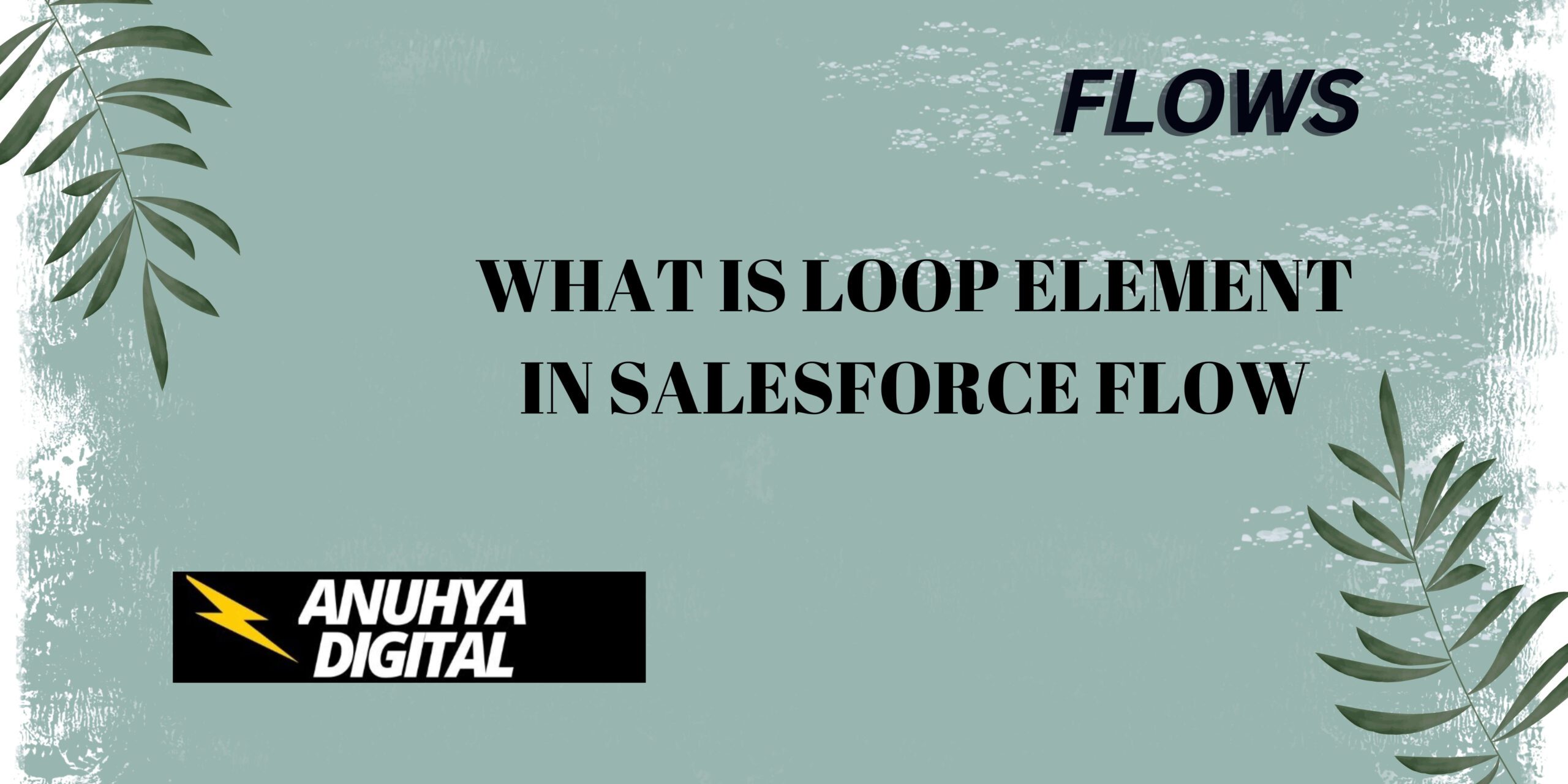
2 thoughts on “What is Loop Element in Salesforce Flow”